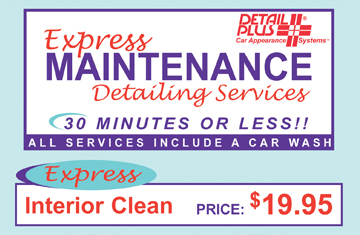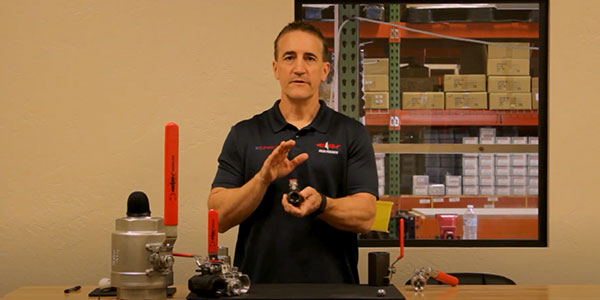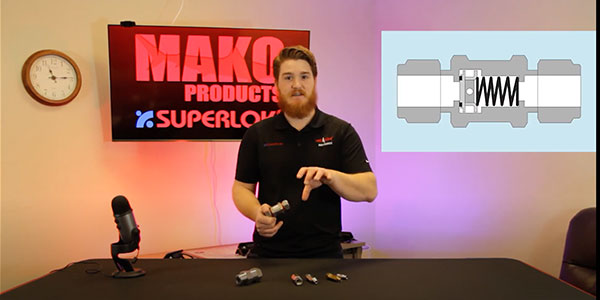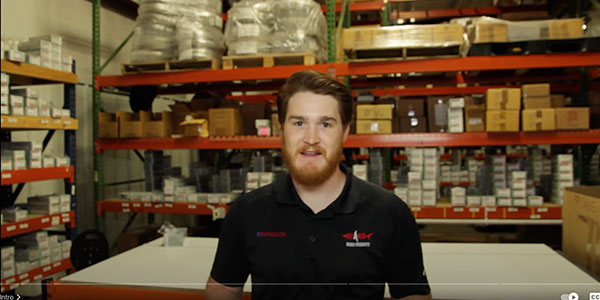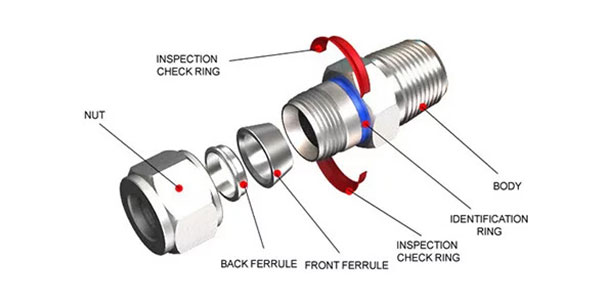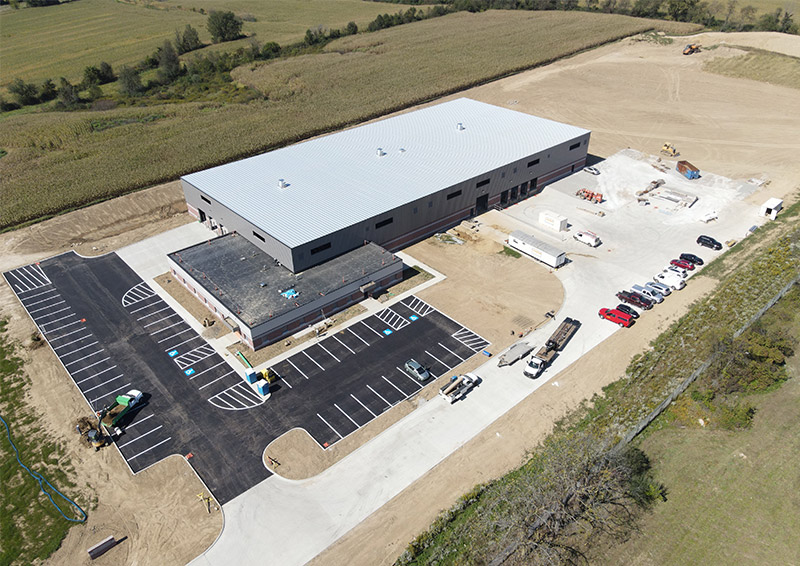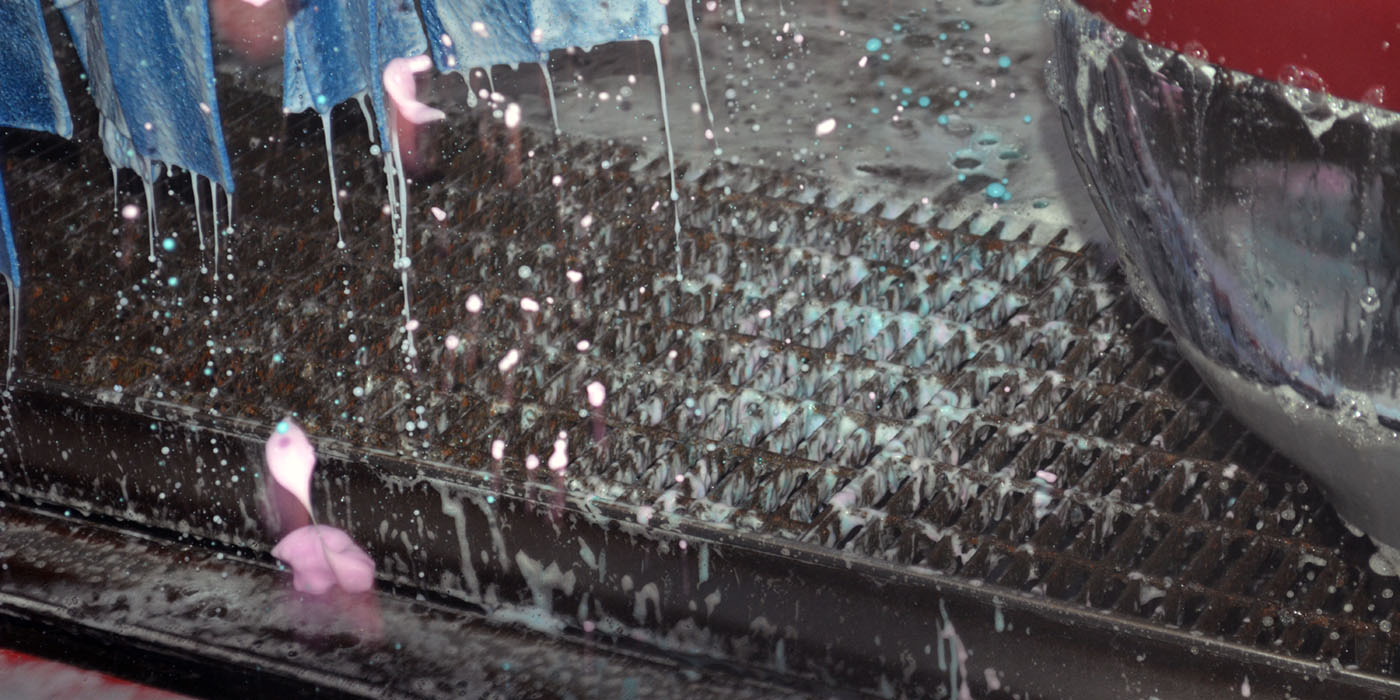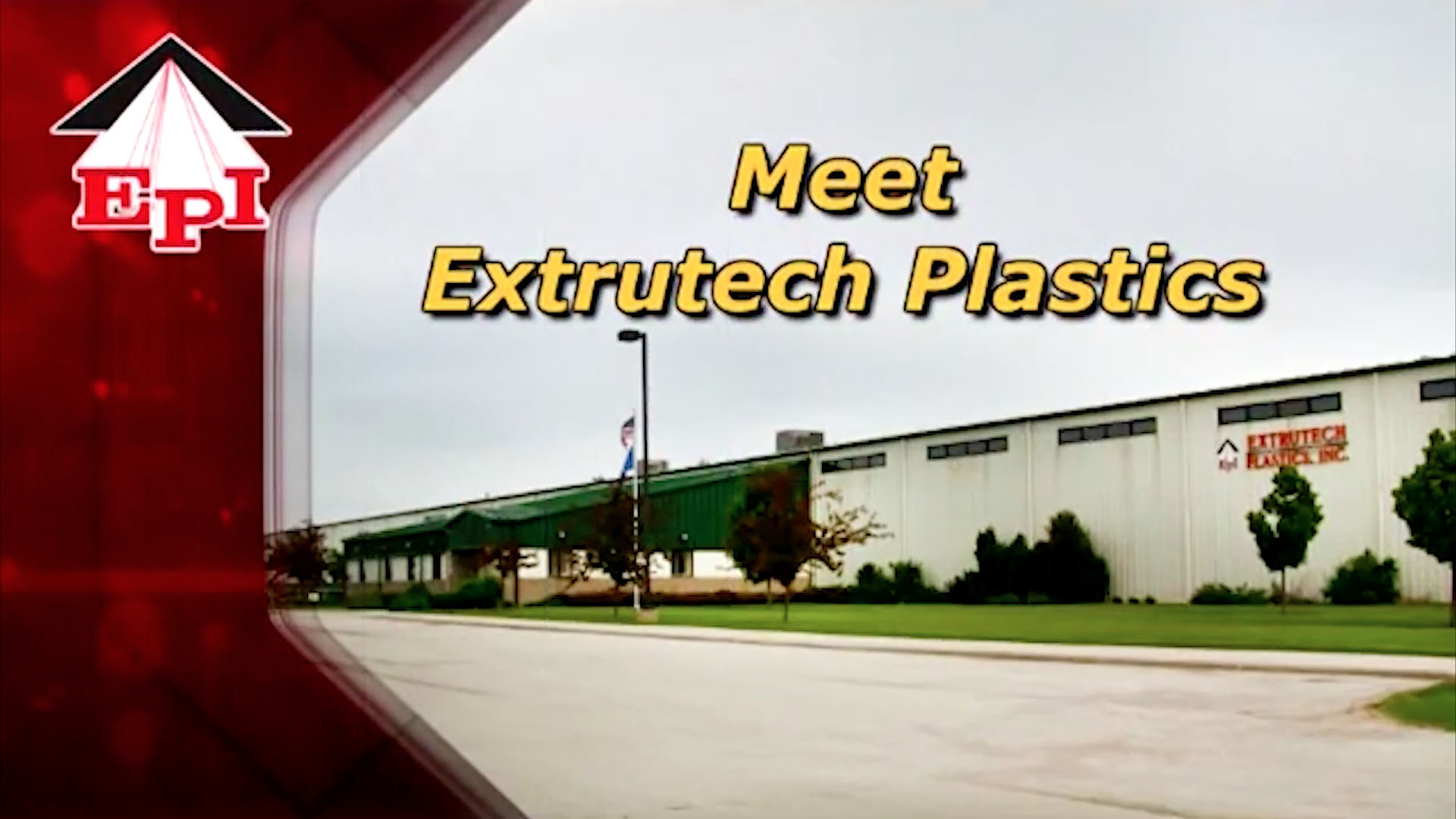In the early years of detailing, auto dealers were the main customer and they set the price for a complete detail. A detail business owner either accepted that price or did not get the business. And, because most operations were not operated professionally, the operator had no real idea of their operating costs and obviously could not base prices on costs of operation.
However, increasing labor costs and operational expenses are forcing most operators to readjust their attitudes on pricing detail services. And as auto detailing continues to gain popularity as a retail service, operational costs will continue to grow. These costs include higher rents for more visible locations, facility improvement, more sophisticated equipment, insurance, advertising, and other expenses.
While these costs are the key factor in determining price, you also need to consider pricing in the market area.
Pricing formula
The most fiscally responsible approach to pricing detail services is to determine your costs of operation and arrive at an hourly rate for your service time. Then calculate the time required to do the job and price accordingly.
Following the competition’s prices can be very dangerous, because your costs of operation may be far higher than theirs.
Wholesale vs. retail pricing
As mentioned, for many years detailing was strictly a wholesale service. Done for the auto dealer who told the detailer what they would pay. Today they pay from $75 to $125 per car for a complete detail.
Assuming that an operator runs a legitimate detail business, the costs of operation may be too high to price detail services at the above-mentioned prices.
Remember detailing is a legitimate automotive service. A professional detailer provides value and quality in exchange for a reasonable price to the customer. Therefore, detail services should be priced as any other retail business would price their services.
Certainly, you can look at what competition is doing in the area, but keep in mind their pricing is not based on “your cost of operation”, and that their operational costs may be lower, or even higher than yours.
Sell value not price
Keep in mind two things: no more than 25 percent of the motoring public knows what detailing really is and why they should use the services. And, less than 15 percent have ever purchased detail services.
So, can the motorist then determine what the price should be? Not really!
Some would say: “They know what they don’t want to pay.” To an extent, this is true, but in a large part, we have found from market testing that few customers complain that prices are too high. That is, if the detailer is selling value, and not price.
Remember, you are dealing with services the majority of your customers have nothing to compare with. Therefore, if you sell value you can generally sell the service because the customer wants it. If they did not they would not be talking to you in the first place.
Always sell your detail services for what they are worth. But you have to know what they are worth and believe that.
What are they worth? First, determine your costs of operation, plus a reasonable profit margin. Next is, “What will the market will bear”. You can look at the cost of like automotive services. For example, labor alone for a tune-up can run from $80 to $100 per hour, depending on the shop. A lube, oil change, and filter will cost nearly $40 for 15 minutes of work. A full service carwash nearly $20 for a 10-15 minute service.
A professional detail operation in a good retail location, with good equipment and trained employees, can have as much invested as an auto repair shop. Why then can’t they charge accordingly? They can!
Price is only a problem if you allow it to be. First and foremost, you must sell your services from a position of strength. You must know and believe in the worth and value of your service. If you convey this attitude, the customer will immediately feel your confidence.
If the price objection does arise, it can be overcome by using techniques that minimize price and maximize benefits, thus creating value. If the customer does not want value and only price, let them go to the price shop, and “good riddance.”
“The need” for service
What type of customer is concerned about price and likely to say “no” based on price?
Remember, not every customer who objects to price has the same reason. Some customers will have a legitimate budget problem. They really do not have the money. They may be a business or government agency with a set budget for vehicle maintenance.
If the customer has a legitimate budget problem, you can offer more services for the same money, or better yet, offer a less expensive option while making it seem you are not lessening the value.
For example, offer a trunk shampoo and engine clean for the same price as an exterior/interior detail.
Alternatively, sell an exterior/interior in lieu of a complete detail by indicating the trunk and engine are in good condition and do not need cleaning. You can also sell a simple one-step polish and wax instead of a more time-consuming buff, polish, and wax.
Many customers who claim they cannot afford your detail services are saying they are not convinced the services are worth as much as you are asking. These customers are often the type who have a psychological need to “get a deal”. However, this does not always relate to price. Normally this buyer wants you to justify the high price.
You must convince the customer you offer value to get them to pay your price. Your job is to point out “The Need” the vehicle has for the service and that your business is the only one to fill that need.
Remember, if price were the only concern, your customers would all be driving a Yugo and eating at McDonald’s.
In general, most people who frequent a detail center will not question your prices if your presentation is correct. If price is a factor, they generally will thank you and walk out.
An effective sales pitch
It may be a cliché but “an ounce of prevention is truly worth a pound of cure.”If you plan your sales presentation properly you won’t have a price objection and you’ll be able to close the customer who thinks he doesn’t want to pay the price. To do this you must plan your sales pitch so price does not play a determining role in the sale.
We have found there are three key factors for an effective sales presentation.
- What does the customer think they want or need?
- What does the vehicle actually need?
- Are they price conscious?
Listen to everything the customer says about their perceived needs. Next, look at the vehicle reinforcing what the customer’s perceived needs are. For example, “Yes, your car’s paint does need buffing. It’s oxidizing and must be stopped before it creates further damage.”
To determine if they are price conscious ask if they want the interior cleaned. If they are price conscious they will either say, no, they don’t want these services, or they will immediately ask, how much?
If they say no, it is generally best to back off and simply sell the service they indicated they wanted.
If you feel the door is still open for an up sell, carefully reinforce the need for the additional service(s) to protect the car’s value.
Selling the need and value of the service(s) can generally eliminate price objections.
Price objections
In spite of the best-planned sales presentations, price can still be a problem. Preventing price from becoming a major issue is a key to successful sales and profitability.
It is important to prepare for the customer’s price objections, verbal or not. Successful salespeople anticipate objections and prepare a way to overcome them. There are three steps to follow:
- Clarify the objection. Repeat the protest. Raise it as a question: “Is price the only reason you do not want to buy?” If the only reason is cost, clarify what is meant by “too expensive”. Is the price higher than the competition or higher than they expected to pay?
- Have empathy for the customer’s price problem. Do not contradict the customer by claiming your prices are not too high. You will create ill feelings or an argument by telling them they are wrong. Instead, let them know you understand their position but explain your position as a businessperson and justify your price by highlighting the benefits. For example, “Yes, I can understand your desire to save money because you are selling the car. But think of the additional value you will add to the car by having it completely detailed.”
- Immediately follow the empathy statement with a solution to his price problem, by either informing them of additional benefits or explaining how the service will meet their vehicle’s needs.
Keep in mind there will always be customers to whom price is the only concern, no matter how great the value. For these customers, “it is you against them”. You cannot win, so do not try. Most customers are concerned about getting the most for their money. If you sell value, they will pay.
Package pricing
If your price is based on an hourly shop rate, then what you do is evaluate the customer’s vehicle and the needs and then refer to a Service Menu (with no prices) and make a recommendation for a particular package (see menu example):
- Wash & Wax
- Complete Exterior Detail
- Complete Interior Detail
- Exterior/Interior Detail
- Complete Detail
The pitch would go like this: “Well Mr. Jones, after evaluating the condition of your vehicle, I would recommend the X Package which includes (list all services) and the cost is only $XX. Shall we make an appointment? Or better yet, I can get you in today. Do you need a ride home or to work?”
If you have any questions or need any assistance, please feel free to contact me at [email protected].
R.L. “Bud” Abraham is president of Detail Plus Car Appearance Systems, Portland, OR, and a nearly 40-year member of the car care industry. He is the founding member of the International Detailing Association and its first executive director. He is also a member of the Western Carwash Association Board of Directors.

